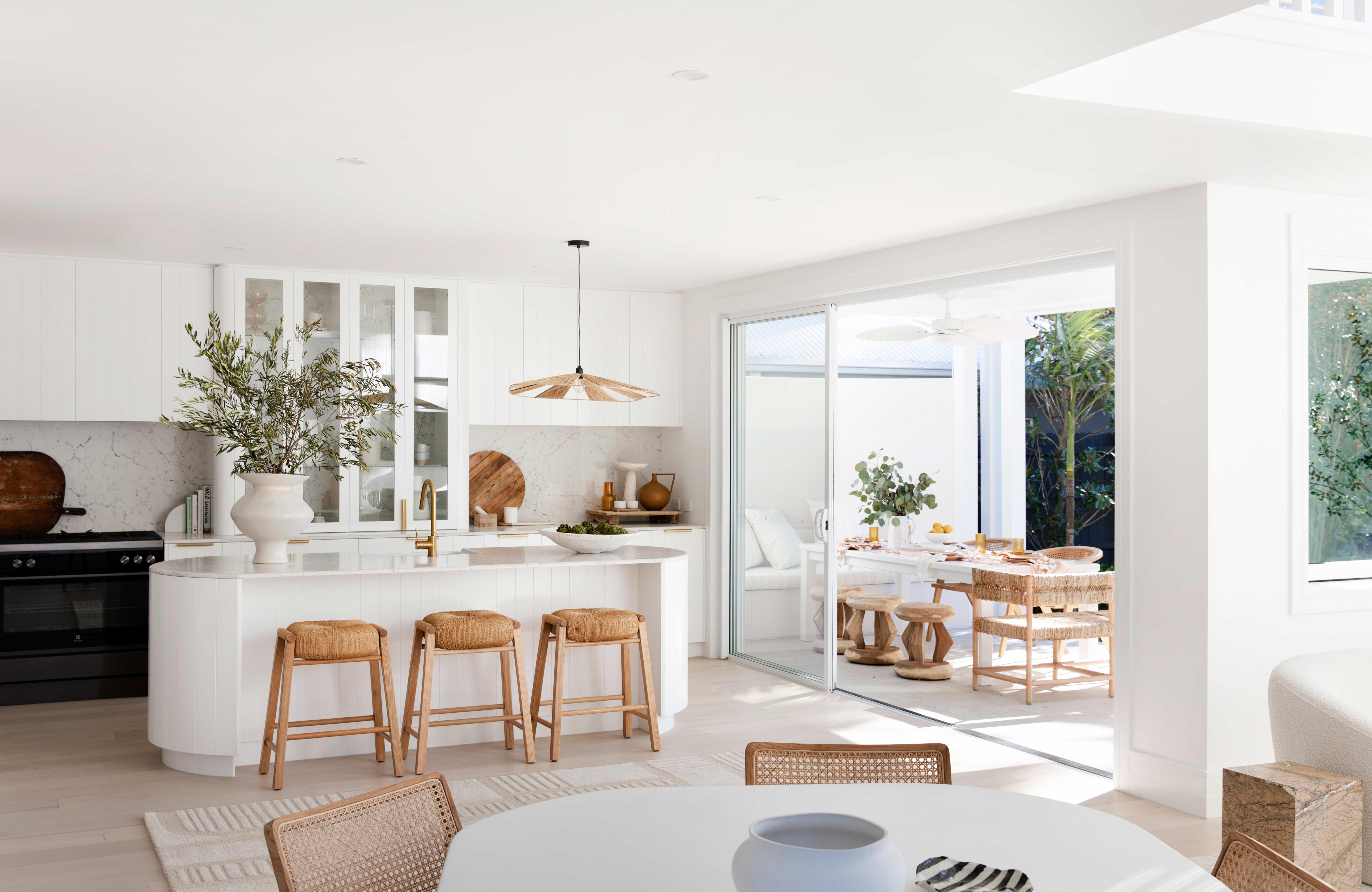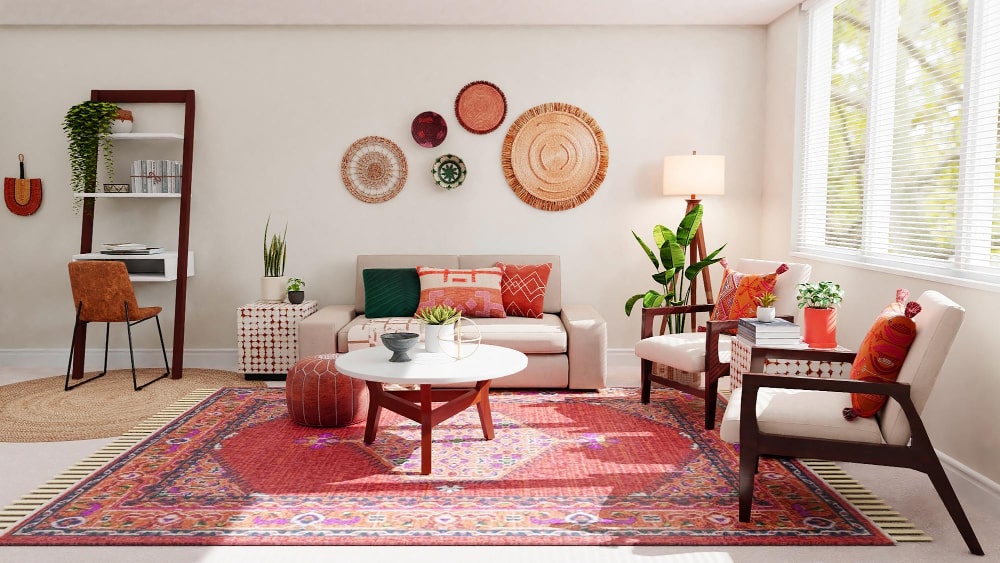Hire skilled interior design firms that redefine elegance.
Hire skilled interior design firms that redefine elegance.
Blog Article
Transform Your Home With Vital Concepts of Interior Decoration and Looks
By comprehending the effect of shade theory and the significance of structure and patterns, one can develop spaces that are not just aesthetically attractive yet also deeply personal. Attaining this balance involves more than plain design; it incorporates a strategic arrangement and a keen understanding of exactly how each element engages within a space.
Comprehending Color Concept
Shade concept is a basic facet of interior decoration that considerably affects state of mind, perception, and overall aesthetic. Understanding the concepts of shade theory permits designers to develop spaces that resonate psychologically with passengers while satisfying practical requirements (miami luxury interior design). Shades can be categorized right into three main types: key, additional, and tertiary. Each category plays an essential function in establishing harmony within a space.
The mental effect of shades is profound; warm colors such as reds and oranges stimulate energy and heat, while amazing tones like blues and eco-friendlies promote peace and harmony. The use of corresponding shades improves visual passion, developing striking contrasts that can elevate a room's charm.
Neutral shades, on the other hand, offer as a functional backdrop, allowing other layout aspects to shine. It is necessary to consider aspects such as lighting and the area's purpose when choosing a shade combination, as these can change the understanding of colors throughout the day.
Eventually, a well-considered shade system can transform a space, promoting a feeling of comfort and style that lines up with the inhabitants' choices. Proficiency of shade concept is, consequently, a vital ability for any type of interior designer intending to produce harmonious and welcoming environments.
Achieving Equilibrium in Style
Just how can designers accomplish a sense of stability in their areas? Achieving equilibrium in style is basic to creating unified insides. Designers can use three key sorts of equilibrium: balanced, asymmetrical, and radial. In proportion equilibrium includes organizing aspects equally around a main point, promoting a sense of order and harmony. This kind commonly features sets of furnishings or art work, improving visual security.
Asymmetrical equilibrium, on the various other hand, depends on varying aspects that still accomplish a cohesive look. This approach allows for even more dynamic and informal plans, providing rate of interest while keeping balance. By carefully choosing differing sizes, colors, and textures, designers can develop a visually engaging space that feels well balanced yet energetic.
Radial equilibrium highlights a main focal point with components radiating exterior. This design is generally seen in round layouts, where furnishings and design produce a cohesive border that draws the eye internal.
Eventually, attaining balance calls for thoughtful factor to consider of range, percentage, and the connections between components. interior design firms. By masterfully applying these equilibrium principles, developers can change spaces into atmospheres that feel both cosmetically pleasing and functionally harmonious, enhancing the overall experience for owners
Significance of Spatial Awareness

A keen feeling of spatial understanding permits developers to determine prime focus within an area, guiding the customer's interest to vital functions while keeping a click over here general feeling of unity. It also aids in the tactical positioning of lights, which can drastically affect the perception of space and mood. Understanding spatial relationships makes it possible for the developer to provide to the details needs of citizens, making certain that each area offers its intended function without compromising aesthetics.
Eventually, spatial recognition is vital for maximizing the potential of any interior space. By thoroughly considering the interplay between dimensions, format, and function, designers can produce settings that not just meet functional demands yet likewise evoke a feeling of comfort and elegance, improving the total living experience.
Including Appearance and Patterns
Welcoming a diverse range of structures and patterns can significantly boost the visual and responsive allure of an indoor space. The strategic usage of various materials-- such as wood, steel, material, and rock-- produces depth and rate of interest, making a room really feel more inviting and dynamic. For circumstances, integrating smooth surfaces with rough structures can develop an equilibrium that attracts the eye and engages the detects.
When including patterns, consider both scale and repeating. Huge patterns can function as focal factors, while smaller, refined designs can complement various other aspects without frustrating the room. Layering patterns, such as pairing floral pillows with candy striped tosses, includes complexity and a feeling of consistency if implemented thoughtfully.
It is likewise vital to maintain a cohesive color palette, making sure that appearances and patterns function together instead than complete for attention. By choosing a few vital structures and patterns, you can develop an unified aesthetic that reflects your individual design while enhancing the total setting of the area. Eventually, the mindful unification of these aspects can transform a mundane space into an advanced atmosphere abundant with personality and heat.
Customizing Your Area
Producing a space that mirrors your personality is crucial to attaining a genuinely welcoming setting. Visit Website Personalization in interior decoration allows you to instill your one-of-a-kind style and interests into your home, changing it from a simple sanctuary right into a shelter that speaks with who you are. Begin by selecting a shade palette that reverberates with your emotions-- vibrant shades can invigorate, while soft tones provide serenity.
Integrate artwork and decor that mirror your enthusiasms, whether it be travel, nature, or abstract concepts. Displaying individual collections, such as books, photos, or keepsakes, can stimulate valued memories and produce prime focus within an area. Additionally, think about customizing functional items, like upholstered furnishings, to line up with your visual choices.

Verdict
Finally, the change of a home via the crucial principles of indoor layout and visual appeal necessitates an extensive understanding of color theory, balance, spatial recognition, texture, and customization. Each component contributes dramatically to developing an unified and useful living setting - luxury interior design. By attentively incorporating these concepts, individuals can improve the aesthetic appeal and psychological vibration of their rooms, inevitably cultivating a home that mirrors distinct visit this website identities while supplying comfort and practicality
Report this page